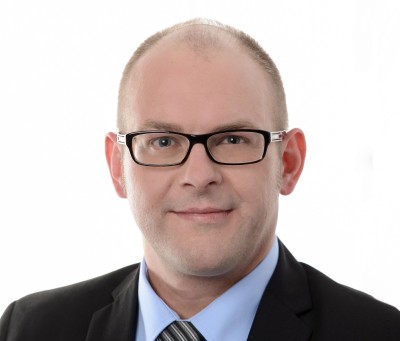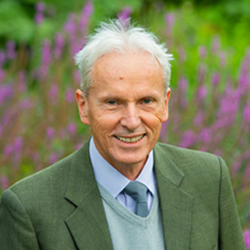11am - 12 noon
Thursday 15 February 2024
2D/3D Face Recognition, Face Analysis, and 3D Reconstruction
PhD Viva Open Presentation by Michael Danner
All Welcome!
Free
CVSSP/People-Centred AI Institute
University of Surrey
Guildford
Surrey
GU2 7XH
This event has passed
2D/3D Face Recognition, Face Analysis, and 3D Reconstruction

Abstract:
This thesis comprehensively examines 3D facial recognition and reconstruction from 2D data, meticulously navigating its technical, ethical and societal aspects. Divided into six central sections, it begins with an introduction and an overview of related works, laying a solid foundation.
The journey continues through innovative explorations that optimise state-of-the-art 2D facial recognition networks for 3D facial shape analysis, increasing accuracy and reliability by integrating data augmentation and normal vectors. Utilising a triple input of a 3D mesh, surface texture, and the original 2D image in a recognition network, alongside texture enhancement and data augmentation methods, we demonstrate that texture-map-based face recognition competes robustly with, and even outperforms, contemporary state-of-the-art systems and standard 2D methods.
This is followed by a careful study of various 3D shape representations such as point clouds, meshes and texture models, culminating in the development of a novel method for 3D face recognition. We evaluate eight different 3D face representations and propose a computationally efficient implementation that operates directly on 3D meshes. When tested on various datasets, it outperforms existing methods regarding computational cost and recognition accuracy.
The work also assesses groundbreaking approaches to 3D reconstruction that leverage a range of technologies such as Normal Surface Maps and Generative Adversarial Networks, revealing its transformative potential in tasks beyond facial recognition, such as body reconstruction. Next, we introduce an application dedicated to this task, which optimises the generation of a 3D human body object captured by an affordable 3D scanner.
In the concluding sections, the work delves deeply into the ethical dimensions and argues for an unbiased, fair and transparent application of facial recognition technologies, while shedding light on the looming shadows of potential threats. Essentially, this work is a beacon of insightful and innovative 3D facial recognition and reconstruction methods, enriched with ethical considerations and societal implications.

